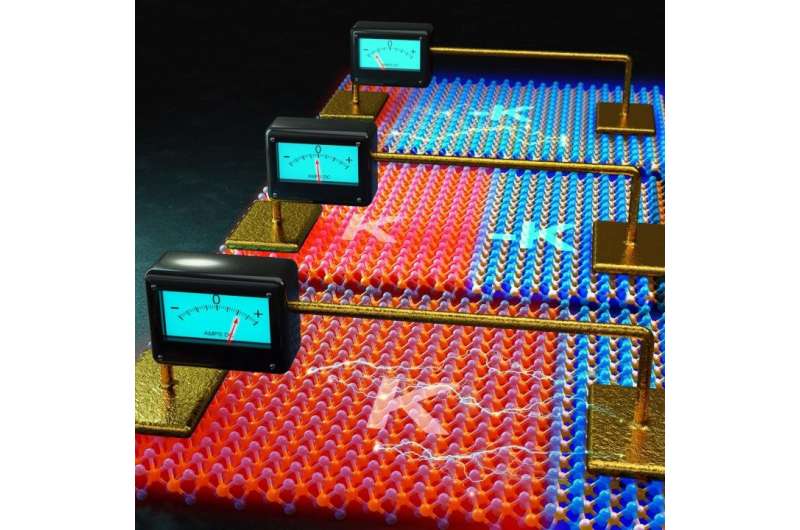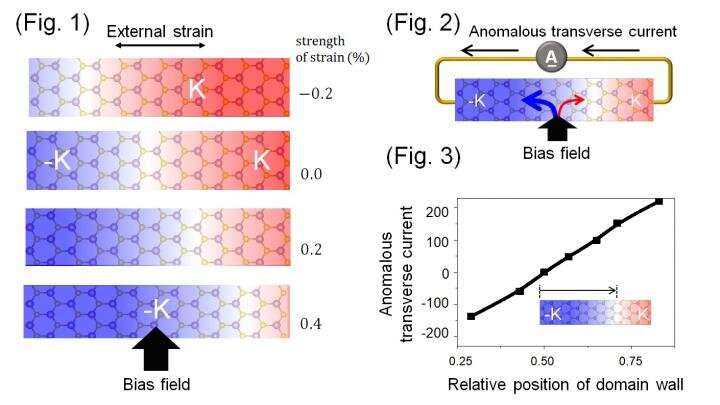Valleytronics core theory for future high-efficiency semiconductor technology

A DGIST research team discovered a theory that can expand the development of valleytronics technology, which has been drawing attention as a next generation semiconductor technology. This is expected to advance the development of valleytronics technology one level further, with next generation magnetic technology that surpasses existing data processing speed.
DGIST announced on Monday, June 17 that Professor JaeDong Lee research's team at the DGIST Department of Emerging Materials Science discovered the formation of valley domain , which will contribute to the performance of next generation semiconductor, development of anomalous current, and its control mechanism. This research has significances as it discovered and applied the correlations between valley domain, current, and two different physical quantities.
A valley is a vertex or an edge of band energy and is also called valley spin. Valleytronics is the storage and use of information using the number of quanta which determine valleys. It is applicable to future electronic devices and quantum computing technology since its quantum information storage surpasses the existing charge or spin control technology. Many researchers are conducting research on valley control since valleytronics has infinite potential that encompasses spintronics and nanoelectronics in the next generation semiconductor engineering field. However, the actual applicability is not high due to the difficulties in securing the stability and great enough quantity of valleys.

Through this research, Professor JaeDong Lee's team solved the stability issue of valley spin by discovering the formation of valley domain in molybdenum disulfide, a next generation 2-D monolayer semiconductor material. A valley domain is defined as domain of electrons with the same valley momentum inside matter. The team identified that a valley domain formed in an extreme nano structure can be used to store information in place of spin. Moreover, the research team discovered that they can generate anomalous transverse current by controlling the size of valley domain. Anomalous transverse current occurs inevitably due to the movement of a domain wall and flows toward only one direction along to the movement of valley domain. They also proposed and showed the applicability of a diode mechanism, a single crystal nanostructure substance that is unlike the existing semiconductor diode of heterostructure.
Professor JaeDong Lee at Department of Emerging Materials Science said "Through this research, we have discovered the core theory of valleytronics which can use the two different phenomena of valley magnetic and electric signal control in a single 2-D crystalline material at the same time. We hope that valleytronics research becomes applicable in more fields to accelerate the advancement of low-power, highspeed information storage platforms."
More information: Youngjae Kim et al, Anomalous Electron Dynamics Induced through the Valley Magnetic Domain: A Pathway to Valleytronic Current Processing, Nano Letters (2019). DOI: 10.1021/acs.nanolett.9b01676
Journal information: Nano Letters
Provided by DGIST





















